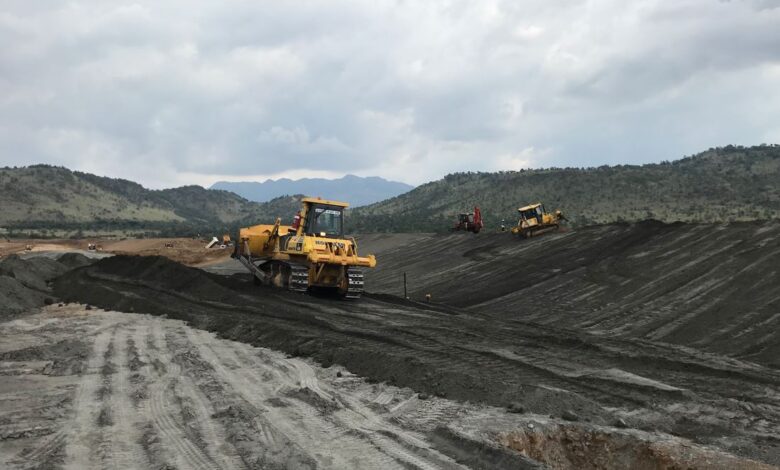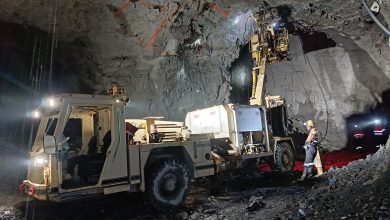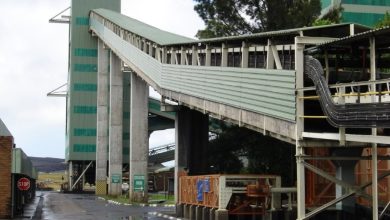
Tailings Storage Facilities (TSF) Management
GISTM: Fostering Stronger Stakeholder Relationships
Four years ago, the Global Industry Standard on Tailings Management (GISTM) was introduced to facilitate sound tailings storage facility (TSF) management in mining. However, as expected, mining companies are taking gradual steps towards compliance. Mining Business Africa learns about the challenges they face and practical solutions available from SRK Consulting South Africa’s Lisl Pullinger, Principal Consultant, and Kavandren Moodley, Principal Environmental Scientist.
MBA: Well-intentioned as Principle 15 is, it places a significant burden on mines. What is the scope of information that can be disclosed to the public?
LP: Disclosure has traditionally meant sharing information mainly with shareholders and investors. However, the disclosure envisaged by the GISTM – particularly Principle 15 – is closely linked to the human rights of those most affected by TSFs. They have the right to understand all aspects of how the TSF, and its potential failure, could impact them, as well as the right to contribute to the protective systems and procedures in place.
This includes understanding a TSF’s consequence classification level – low, significant, high, very high, or extreme – based on the potential impacts of its failure. This classification helps gauge the level of risk the facility poses to the environment and nearby communities. Incidents at TSFs must also be disclosed; some companies provide a brief acknowledgment, while others give detailed descriptions and outline subsequent management actions.
For companies working towards GISTM compliance, it’s important to share information on progress and audit results, including successes and areas still needing improvement. This is particularly crucial for facilities that may not yet meet all compliance standards due to legacy design or financial constraints.
KM: Sharing information on emergency response strategies is essential to ensure that project-affected people are aware of potential hazards and prepared to respond effectively in case of an incident. The GISTM mandates that mines develop comprehensive emergency preparedness and recovery plans, offering stakeholders clear information and opportunities to understand and engage with these plans.
MBA: There are reports of mining companies being selective in what they disclose about their TSFs. From a broader perspective, what could be the potential benefits of full disclosure?
LP: The GISTM is quite prescriptive about the required disclosures, making selective disclosure more difficult. Many companies are not accustomed to divulging such detail, including the TSF’s consequence category. While certain stakeholders may only need an overview, communities may require more detailed information about aspects that directly affect them.
Full disclosure fosters trust with communities, strengthens corporate reputations, and meets investor expectations. It also promotes more transparent TSF operations, building higher safety levels. For effective impact, however, disclosed information must be easily understood by stakeholders, especially communities. This may involve using plain language and possibly capacity-building efforts to educate communities about tailings, mining practices, TSF risks, and safety protocols, empowering them to interpret the information meaningfully.
KM: Involving project-affected people in emergency preparedness and risk assessment enhances overall risk management. This approach clarifies actions in the event of a TSF failure, reducing the consequences of an emergency and improving safety outcomes.
Establishing strong relationships with project-affected people is essential when discussing TSFs, as this sensitive topic requires a solid foundation of trust for open dialogue. In our experience, building this foundation is a gradual, ongoing process, often needing specialist guidance and local knowledge. With time and consistent transparency, trust can be fostered, making disclosure a key element in strengthening relationships between mines and affected communities.
MBA: Disclosure of information about tailings facilities often subjects a mine to intense scrutiny from environmental activists. How can mining companies turn this challenge into an opportunity?
KM: The GISTM – and environmental impact assessments in general – encourages a proactive approach to stakeholder engagement. The activist community values increased engagement, which can help mining companies address social and environmental concerns more holistically and collaboratively. This inclusiveness aligns with modern ESG expectations and strengthens a company’s social licence to operate. Disclosing information is part of a process that could transform activist scrutiny into productive dialogue.
LP: TSF disclosure offers mining companies an opportunity to discuss necessary practices with activists. At the same time, they can communicate their efforts to operate within “planetary boundaries,” or sustainable limits. This platform enables companies to clarify misunderstandings, correct misinformation, and present factual data, fostering broader societal support for mining.
MBA: Naturally, a mine can only disclose data when confident that its TSF meets all compliance standards. What range of independent expertise can be sought to enhance compliance?
LP: Meeting the GISTM standard involves a challenging range of tasks, especially given that many TSFs were originally designed for less stringent requirements. Compliance is often a longer-term journey, and disclosure cannot wait until final compliance is achieved.
Instead, disclosures should reflect ongoing progress, showing how mines set and work towards milestones. Once again, transparency and honesty in this process help build trust and collaboration with stakeholders.
The GISTM calls for the integration of various disciplines, from tailings engineering and water management to human rights, environmental performance, and climate change. Most mines don’t have all this expertise in-house, so they often contract these services from companies like SRK.
KM: Another important aspect of GISTM compliance is ensuring the integrity of the work being done and the recommendations provided by consulting engineers and scientists.
MBA: What should be the main priorities for companies in their pursuit of compliance?
LP: A human-centred approach is fundamental to each GISTM principle, applying equally to affected communities, employees, and investors. The focus is on preserving and protecting human life, requiring early and ongoing community engagement, linked to a detailed and negotiated emergency preparedness and response plan.
KM: The primary focus is on mitigating risks to human life, covering everything from safe TSF design, construction, and maintenance to robust emergency preparedness measures. Environmental protection is also a critical priority outlined by the GISTM, ensuring that tailings management practices safeguard people and the surrounding ecosystem.
MBA: Is there any additional advice you could share with mining companies regarding TSF disclosure?
KM: Disclosure of GISTM compliance efforts should not be seen as an isolated activity but as an extension of stakeholder relationships. As those most affected by potential TSF incidents, project-affected people deserve special attention, and engagement should begin well in advance of any TSF-related disclosures. A strong relationship with communities is essential to ensure disclosures effectively mitigate risk, as intended by the GISTM.






